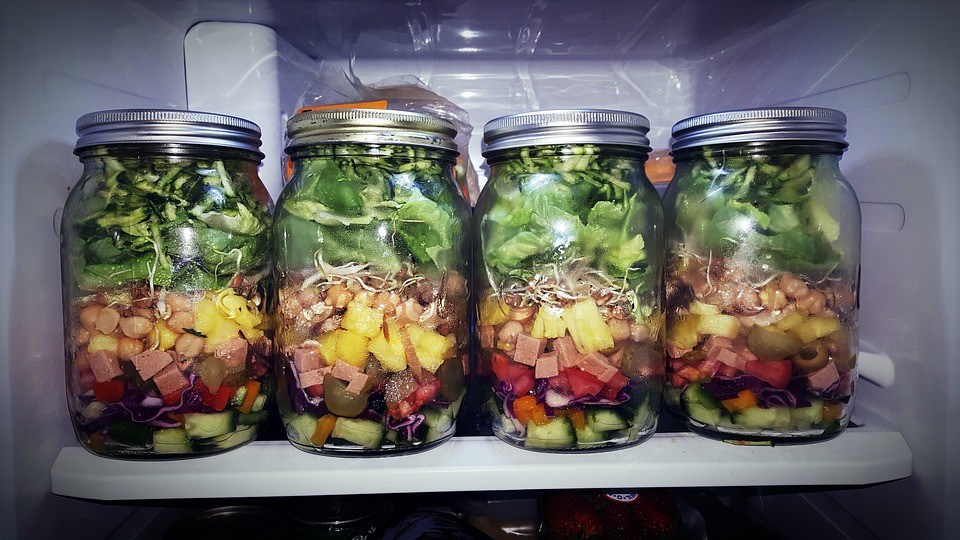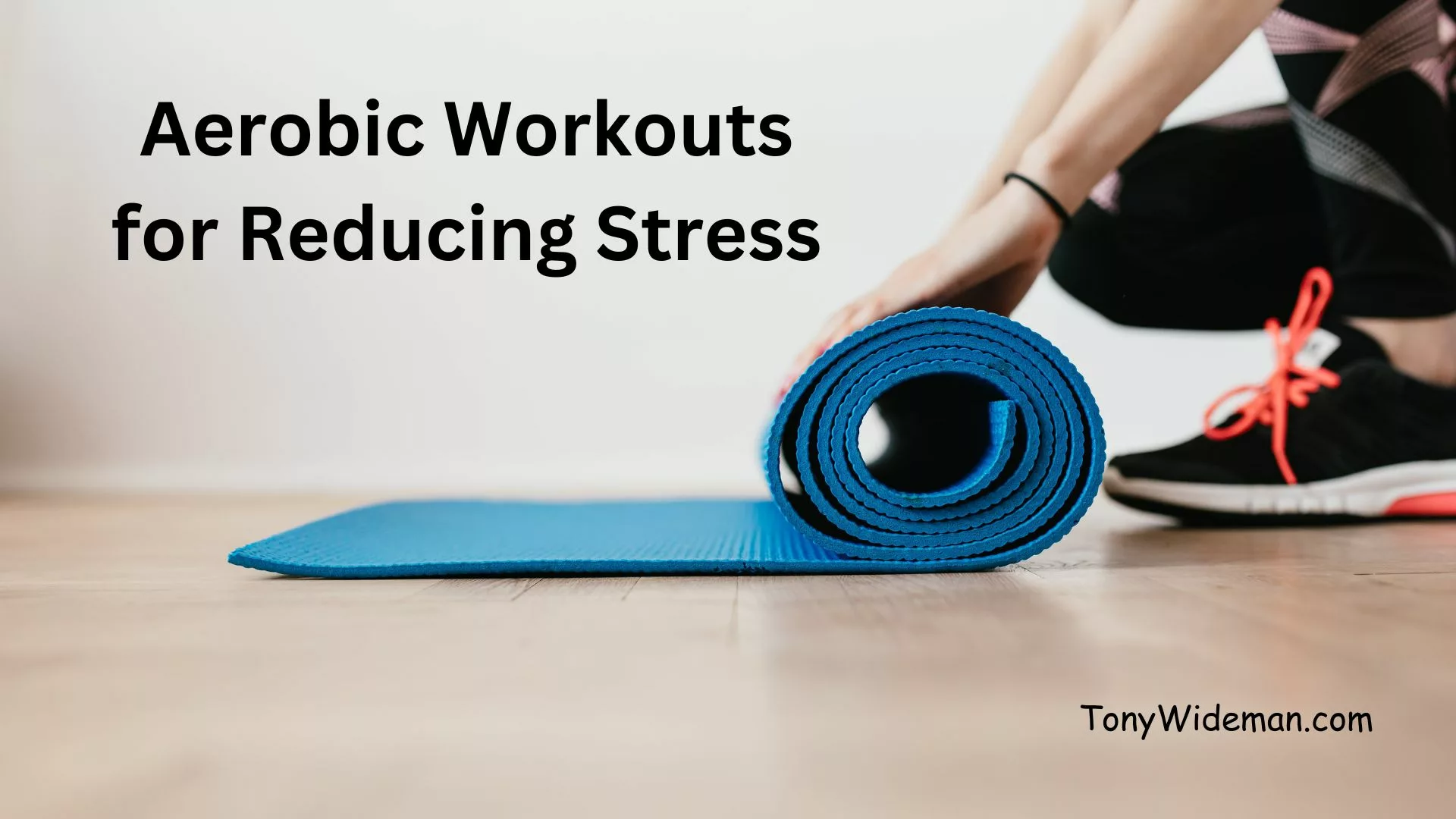Simple Living and Self-Care: The Ultimate Guide
Welcome to the ultimate guide to Simple Living and Self-Care. In today’s fast-paced and busy world, it’s easy to feel overwhelmed and disconnected from ourselves.
This guide will show you how to embrace simplicity, prioritize self-care, and cultivate a more fulfilling life.
By adopting these practices, you can reduce stress, enhance your overall well-being, and experience greater happiness in your daily life.
What is Simple Living and Self-Care?
Before diving into the details, let’s clarify what we mean by Simple Living and Self-Care. Simple Living is a lifestyle that emphasizes minimalism, mindfulness, and intentional choices.
It involves decluttering both physical and mental spaces to create room for what truly matters.
On the other hand, Self-Care is the practice of nurturing yourself, both physically and emotionally, to maintain balance and prevent burnout.
The Benefits of Embracing Simple Living and Self-Care
Living a life of simplicity and prioritizing self-care can have a profound impact on your overall well-being. Some of the benefits include:
- Reduced Stress: By simplifying your life and making time for self-care, you can lower your stress levels and increase your resilience in facing challenges.
- Improved Mental Clarity: Clearing away unnecessary distractions enables you to focus on what truly matters, leading to enhanced mental clarity and informed decision-making.
- Enhanced Productivity: Simple Living helps you prioritize tasks and streamline your daily routines, leading to increased productivity and efficiency.
- Better Physical Health: Self-care practices, including regular exercise, balanced nutrition, and sufficient rest, contribute to improved physical health and overall vitality.
- Greater Emotional Well-being: Engaging in self-care activities and nurturing your emotional needs can lead to a more positive outlook and improved emotional well-being.
- Heightened Creativity: Simplifying your life can unblock mental barriers and allow creativity to flow more freely.
- Stronger Relationships: With reduced stress and more time for meaningful connections, your relationships can flourish.
Simple Living: “Embracing Minimalism”
Understanding Minimalism and Its Core Principles
Minimalism is a central aspect of Simple Living that focuses on intentionally living with less.
It involves decluttering your physical space, organizing belongings, and removing excess material possessions that don’t add value to your life.
However, minimalism extends beyond just decluttering; it’s about embracing a mindset shift that prioritizes experiences and relationships over material accumulation.
Simplifying Your Physical Environment
Begin your journey towards minimalism by decluttering your living space. Go through your belongings and ask yourself whether each item brings you joy or serves a purpose.
Donate or sell items that no longer hold value for you. Organize the remaining possessions in a way that promotes calmness and order.
Cultivating a Minimalist Mindset
To fully embrace minimalism, it’s essential to cultivate a minimalist mindset.
Shift your focus away from the pursuit of material possessions and consumerism. Instead, find joy in experiences, personal growth, and the pursuit of meaningful connections.
Simple Living: “Mindful Living for Inner Peace”
Practicing Mindfulness in Everyday Life
Mindfulness is the art of being fully present in the moment without judgment. It involves paying attention to your thoughts, emotions, and surroundings with a sense of curiosity and acceptance.
By practicing mindfulness, you can cultivate inner peace and reduce anxiety.
[adrotate group=”9″]
[adrotate group=”12″]
Mindful Eating for Better Health
One aspect of mindful living is mindful eating.
Please pay close attention to the food you consume, savoring each bite and being grateful for the nourishment it provides.
Mindful eating can lead to better digestion, improved portion control, and a healthier relationship with food.
Finding Stillness Through Meditation
Meditation is a powerful tool for cultivating mindfulness and finding inner stillness.
Dedicate a few minutes each day to sit quietly, focus on your breath, and let go of distracting thoughts.
Regular meditation practice can improve mental clarity, reduce stress, and enhance overall well-being.
Simple Living: “Financial Freedom Through Frugality”
Embracing Frugality as a Tool for Financial Freedom
Frugality is the practice of being resourceful and making intentional choices to save money.
By embracing frugality, you can gain financial freedom, reduce debt, and work towards your long-term financial goals.
Budgeting and Smart Money Management
Create a budget that aligns with your financial goals and priorities.
Track your expenses, cut unnecessary costs, and allocate your money towards meaningful experiences and investments that align with your values.
Saving and Investing for the Future
Set aside a portion of your income for savings and investments.
Building an emergency fund and planning for retirement are crucial steps toward financial security and peace of mind.
Self-Care: “Nurturing Your Body and Mind”
Prioritizing Physical Self-Care
Taking care of your body is essential for overall well-being.
Engage in regular exercise, eat a balanced diet, get enough sleep, and stay hydrated to support your physical health.
Caring for Your Emotional Well-being
Recognize and process your emotions healthily.
Engage in activities that bring you joy and relaxation, such as hobbies, spending time with loved ones, or pursuing creative endeavors.
The Power of Self-Compassion
Practice self-compassion and treat yourself with the same kindness you would offer to a friend.
Avoid self-criticism and negative self-talk, replacing them with supportive and encouraging thoughts.
Self-Care: “Finding Balance and Managing Stress”
Creating Work-Life Balance
Strive to find a balance between work and personal life. Set boundaries to prevent burnout and make time for activities that recharge and fulfill you.
Stress Management Techniques
Discover effective stress management techniques that work for you.
This may include meditation, deep breathing exercises, yoga, or spending time in nature.
Seeking Professional Support
If stress becomes overwhelming, don’t hesitate to seek professional support from a therapist or counselor.
Consulting a mental health professional can offer valuable insights and effective coping strategies.
Conclusion
In conclusion, embracing Simple Living and Self-Care can significantly enhance your overall well-being and happiness.
By prioritizing mindfulness, minimalism, and self-compassion, you can find balance, reduce stress, and live a more fulfilling life.
Remember, it’s essential to tailor these practices to your unique needs and circumstances. Start today by taking small steps and gradually transform your life for the better.
[adrotate group=”9″]
[adrotate group=”12″]
FAQs (Frequently Asked Questions)
- How can I start living a simple life? Start by decluttering your physical space, cultivating a minimalist mindset, and focusing on experiences over material possessions.
- What are some self-care practices I can incorporate into my daily routine? You can practice mindfulness, engage in regular exercise, practice gratitude, and make time for activities that bring you joy.
- Is minimalism about owning as little as possible? Minimalism is about intentional living and owning items that add value to your life. It’s not about deprivation but rather focusing on what truly matters.
- How can I manage stress effectively? Stress management techniques include meditation, exercise, spending time in nature, and seeking professional support when needed.
- Why is self-compassion important for mental well-being? Self-compassion promotes a healthy relationship with oneself and fosters resilience in the face of challenges, leading to improved mental well-being.
- Can embracing frugality lead to financial freedom? Yes, by making intentional financial choices and saving money, frugality can help you achieve financial freedom and work towards your goals.






